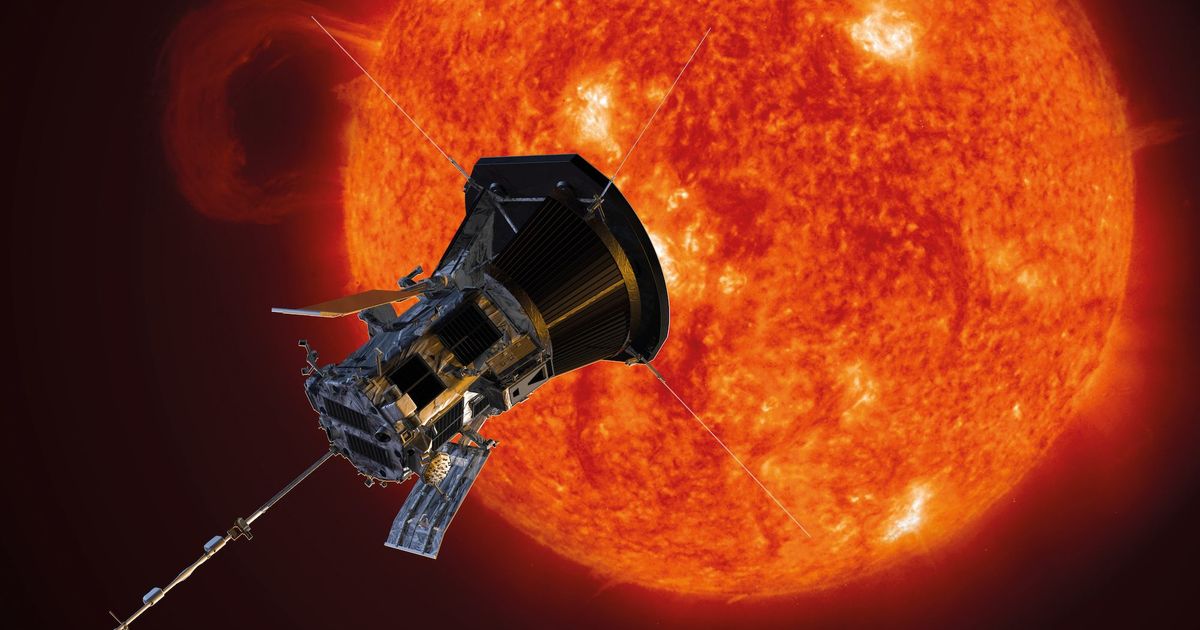In the fall of 2003, Halloween solar storms destroyed numerous high-voltage power lines and transformers in South Africa and the United Kingdom. The power went out, resulting in significant financial damage. Space weather, an umbrella term that refers to solar wind, magnetic storms, particle streams and other events that reach Earth, is directly related to solar activity. This is followed by cycles of approximately eleven years, culminating in a solar maximum. We are currently several months away from this maximum, leading to more intense space weather coming from our star.
The impact of extreme space weather has received more attention in recent years. This is partly related to the potential impact on communications and power supplies, the two services that keep our society running. There are also health issues, because harmful radiation from space can of course be harmful to airline crews and astronauts.
Experts say the risk that space weather will disable your smartphone, laptop or other device during this cycle is fairly small. Eos. Power grids are a bit more vulnerable, but accurate space weather forecasts provide solace. The Royal Observatory at Oakley provides pioneering work in this regard. But these predictions are never completely certain. Just like a thousand-year storm on Earth, “mass events” can occur unexpectedly in space. If the largest magnetic storm ever recorded, the Carrington Event of 1859, occurred today, the damage would be incalculable.
FOMO?
2024 promises to be an exciting year for heliophysics. This is due not only to increased solar activity, but also to the total solar eclipse that will occur in large parts of Mexico and the United States on April 8. This event is an ideal opportunity to study the sun's corona, which is the extremely hot outer atmosphere from which solar winds or plasma clouds escape.
The sun's corona has long been a mystery, and relatively little is known about it. In addition to the total eclipse, astronomers' hopes are also fueled by new data from two space probes: the Parker Solar Probe (NASA) and the Solar Orbiter (ESA). With its one-centimetre-thick heat shields, it is an impressive example of space technology. They are getting closer to the sun than ever before.
Although the solar eclipse itself is not an exceptional phenomenon, it still fascinates us. Especially if they are clearly visible from civilization, as happened this year in the United States. For those suffering from FOMO: A full eclipse in our area will have to wait until the middle of next century, but a partial eclipse will occur in August 2026. Something to look forward to!

“Total coffee specialist. Hardcore reader. Incurable music scholar. Web guru. Freelance troublemaker. Problem solver. Travel trailblazer.”







More Stories
GALA lacks a chapter on e-health
Weird beer can taste really good.
Planets contain much more water than previously thought